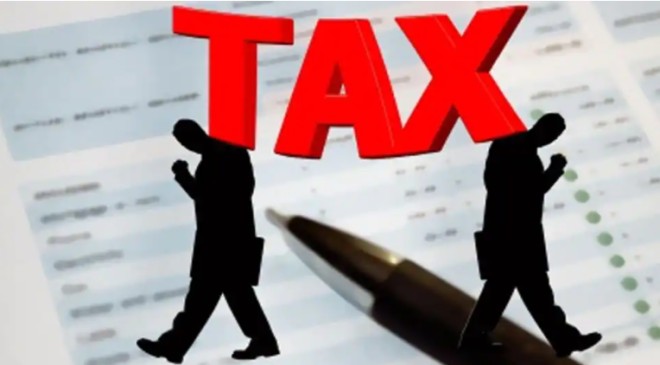In India, Income tax rates vary on income levels and other factors including age, this creates a fair approach.
As income rises, tax rates also go up, ensuring a progressive system. These rates are periodically adjusted, usually during budget sessions. All Indian citizens, including salaried, non-salaried, and seniors, must file Income Tax returns. Seniors enjoy extra tax benefits, aligning with the provisions of the Income-Tax Act of 1961. This is for fairness and caters to different groups of taxpayers.
Each year, the government decides whether to keep tax rates the same or adjust them based on the economic situation of the country. It’s crucial to understand which tax bracket you belong to before filing your income tax return.
Income Tax Slabs And Rates For Individuals Under New & Old Tax Regimes
Read More: What Is Tax Rebate Under 87A And Who Can Claim It? Step By Step Guide To Calculate Income Tax Rebate
| Annual IncomeIn Lakhs | Tax Rate Under New Tax Regime In Per cent (%) | Tax Rate Under Old Tax Regime In Per cent (%) |
| Upto 2.5 | 0 | 0 |
| 2.5- 3 | 0 | 5 |
| 3- 5 | 5 | 5 |
| 5- 6 | 5 | 20 |
| 6-9 | 10 | 20 |
| 9-10 | 15 | 20 |
| 10-12 | 15 | 30 |
| 12- 15 | 20 | 30 |
| Above 15 | 30 | 30 |
Note: Under the new tax regime tax saving investments including life insurance cannot be claimed.
Read More: Decoding Income Tax Forms: Which ITR Form Is Right For You? Check Here
Income Tax Slabs And Rates For Senior Citizens Under New And Old Tax Regimes
| Annual IncomeIn Lakhs | Tax Rate Under New Tax RegimeIn Per cent (%) | Tax Rate Under Old Tax RegimeIn Per cent (%) |
| Upto 3 | 0 | 0 |
| 3- 5 | 5 | 5 |
| 5- 6 | 5 | 20 |
| 6-9 | 10 | 20 |
| 9-10 | 15 | 20 |
| 10-12 | 15 | 30 |
| 12- 15 | 20 | 30 |
| Above 15 | 30 | 30 |





































